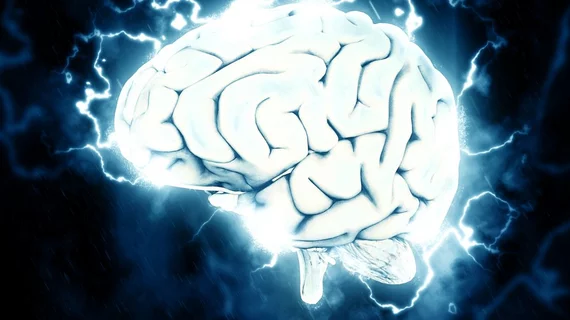Alzheimer’s could be diagnosed earlier if the blood-brain barrier was monitored as a biomarker and potential drug target using MRI or PET, according to research published online Sept. 24 in Nature Neuroscience.
“We propose a hypothetical model of Alzheimer’s disease biomarkers to include brain vasculature as a factor contributing to the disease onset and progression and we suggest a common pathway linking brain vascular contributions to neurodegeneration in multiple neurodegenerative disorders,” the researchers wrote.
In patients with other neurodegenerative diseases, the blood-brain barrier—which allows glucose and amino acids into the brain and keeps blood, viruses and bacteria out—can experience leaks.
These leaks may allow amyloid, a protein normally found in the body, into the brain where it sticks to neurons, kills brain cells and ultimately lead to Alzheimer's, according to the researchers.
Blood-brain barrier leaks or symptoms such as microbleeds or a slowdown in the brain’s uptake of glucose can be detected using MRI or PET imaging.
"Cognitive impairment, and accumulation in the brain of the abnormal proteins amyloid and tau, are what we currently rely upon to diagnose Alzheimer's disease, but blood-brain barrier breakdown and cerebral blood flow changes can be seen much earlier," said led author Mary Zlokovic, MD, PhD, the Mary Hayley and Selim Zilkha Chair in Alzheimer's Disease Research at the Keck School of Medicine of USC, in a prepared statement. "This shows why healthy blood vessels are so important for normal brain functioning."

